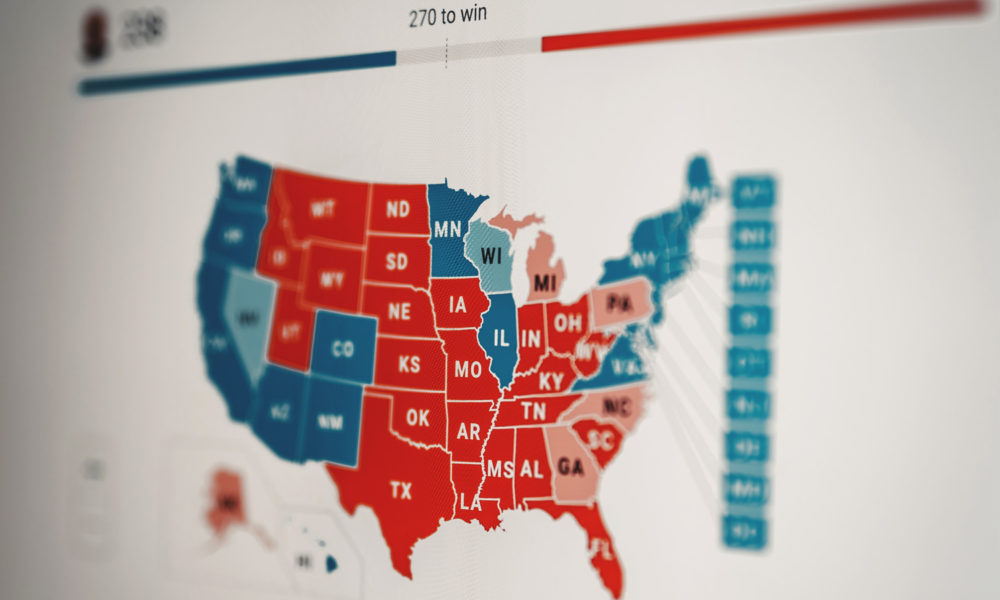It has been a long, long, long election. No wonder pretty much everyone wants it to be done and dusted. The few days since Election Day itself seem to crawl by. And there are a lot of claims, counter claims, lawsuits and misinformation swirling about. So maybe it’s time for a scientific reality check. Because we know a lot about the lead up to the election, the process, and what the consequences would be in the vote count. We know because that’s the science of democracy.
In the months before the election, there was clear analysis of what would be required to make voting during a deadly pandemic safer – extended early voting, extended vote by mail, more and safer polling places, and additional voter education. And we know that Congress only provided a small part of the estimated needed funding to make this happen smoothly and efficiently. That was a policy choice made by Congress through the political process. Members of both parties called for more funding for the states. But, the White House, with support from the Senate majority, kept the funding for states (and the U.S. Postal Service) to conduct safe elections low. Less funding, slower counting. You get what you pay for.

We also know from the science of democracy the consequences of policy choices in how the election and vote count is conducted. In our constitutional democracy, elections are run largely by the states, according to state law. Federal oversight has been reduced because of recent SCOTUS decisions concerning voting rights. Political scientists have done extensive studies of issues such as gerrymandering of congressional districts and voter suppression tactics and their consequences. So prior to this election states made policy choices in their legislatures and State Houses that would have well documented effects on voting and vote counting. For example, states individually and inconsistently chose the order in which the various types of ballots (mail, early, in person/Election Day, etc.) would be counted. States also chose when to start counting ballots. Some chose a fixed date before the election to begin. Others chose, like Pennsylvania, chose to hold all ballots until after the polls closed.
Clearly, from the analysis and just from straightforward logic, each of those choices affects how quickly accurate results will be available. In other words, Pennsylvania, Michigan, and Wisconsin chose the slowest path and their elected officials knew that would be the case. It isn’t a surprise. And it can’t be fixed by any overheated rhetoric or even lawsuits after the election. States chose a slow path, in some cases fought for it, so this is a consequence of that. The poll workers laboriously sorting checking and counting ballots didn’t choose this method, they are doing the difficult job elected officials set for them.
And then the science of democracy also tells us how voter suppression works and what the consequences are. First, there’s a long and unfortunately impactful history of barriers that make it harder for Black, Indigenous and other communities of color in particular to vote. Second, put up walls and people walled off will do what they can to scale the walls; that is just what we have often seen in this high-turnout election. So it should come as no surprise that it’s taking a while for a system designed to make it hard to vote, and hard to count, to manage a flood of votes in cities and areas with more voters of color that now need to be counted.
Block out the noise suggesting that things are going too slow, there must be something wrong, or the rules aren’t being followed — this is democracy at work. Imagine yourself in the room doing the work with election officials, watched by observers of both parties as required by law. Ballot by ballot, the voices of Americans. Workers taking pride in doing it right under tough conditions. Doing exactly the tasks at hand as designed.
And at the state and national level, the task ahead of us is clear: we need to make sure that the rules are clear, consistent, and fair to protect the right to participate safely in future elections.

